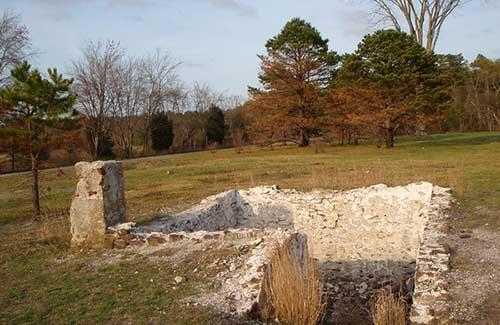
Pine Barrens
A deserted place with abandoned railroad trails, brick walls in the middle of the forest, a casual walker walking past this road would be stunned to come across this situation. A closer examination would expose a sequence of tunnels, stone posts, and on closer look, one would notice the variegated bits of shades splashed over most of the surfaces of this wreck. Brooksbrae Brick Company is one of the Pine Barrens’ ghost towns.
As strange as it may seem, you wouldn’t find any ghostly pictures of those who once strolled these remote woods. This is the job of the ghost hunters who come out in hordes searching for the jersey devil and other ghosts believed to dwell here still.
These towns are the only thing that’s left of the communities of people who once used to live here and worked in the 18- 19th centuries, manufacturing bricks, tile, paper, lumber, glass, ammunition, and iron.
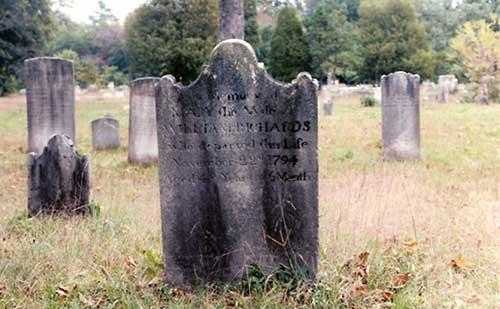
Budd Wilson, former archaeologists who have exhumed several lost towns since over the last 48 years, stated that people pretend as if nothing has happened and everything is normal.
That’s not true; nothing is normal; a lot of things have happened here. The only difference is that it happened 100 years ago- he further asserted.
Pine Barrens Ghost Towns
An alert visitor with a prolific imagination could still catch sight of the Pine Barrens ghost town, whether by investigating the trash laying on the forest floor or by visiting the buildings and remains that still exist, in numerous phases of preservation or decline. However, prior embarking on to find these lost cities, a brief history is required
A huge web of woods, streams, ponds and tracks, the pine barrens currently safeguarded 1.4 million acres mostly given a rich opportunity for immigrants in the 1700s who exploited the area’s main resource: water.
Initially, they utilized the saw-mills, running on water power and took advantage of the prolific pine and cedar. Next, they discovered the high level of iron ore in the water; these iron bayous became a chief resource for iron manufacturing for nearly 100 years- with 17 heaters working at one point, production cast and wrought-iron properties.
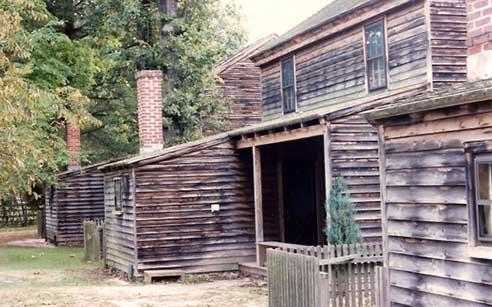
Mr. Wilson described the area as the noisiest and smoky during the 1800s. He stated that the area used to become so smoky that it sometimes gives you an impression of living in a fireplace. People still were dwelling under this situation.
By the 18th century, the brick and clay industries were prospering, in addition to glass manufacturing, which used the plentiful sand. When most of the country’s industries shifted to the cities, Pine Barrens moved to agriculture, particularly blueberries & cranberries. They are still crucial industries at present.
In the meantime, the land became suitable for investors such as the Philadelphia financier Joseph Wharton. He bought tons of abandoned manufacturing towns anticipating to draw out water from the Pine Barrens to Philadelphia.
Though he wasn’t allowed, do so by the legislation, and since he was impeded to such regional trade, the land was ultimately sold to the state.
New Jersey Pine Barrens Ghost Towns
Barbara Solem- Stull from Shamong, Burlington County, came across by the remains while she was hiking in the Pine Barrens. She spent a year examining the ruins of 45 earlier industrial towns.
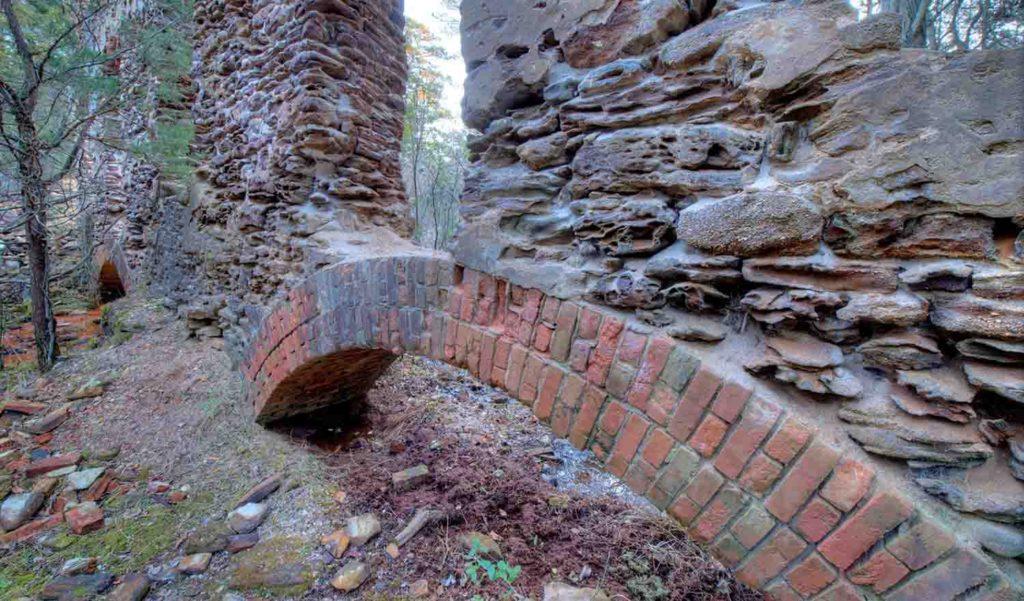
She wrote a book as a result- ‘Ghost towns and other Quirky Places in New Jersey Pine Barrens.’ The book consists of hand-drawn maps, detailed direction with photos on how to reach these difficult places.
The book is a half travelogue, half day-trippers guide, and half history. She asserted- that a strong-minded traveller could possibly visit 3-4 sites in a day.
To get to know about this lost civilisation, you could start with Harrisville; here you could see most ruins standing intact. The west border of Bass River Township near route 679, Harrisville was a place of assembling for many of the neighbouring company.
There was an iron-slitting mill in 1795; however, the remaining glorious brick and stone arcs are from the 1800s, when the Harris brothers led a paper mill.
A couple of miles away from Harrisville located the place of Martha Furnace. About 400 people once lived here; many people worked at the furnace, which developed cast-iron stoves & pots. The area was unearthed by Mr. Wilson in 1968.
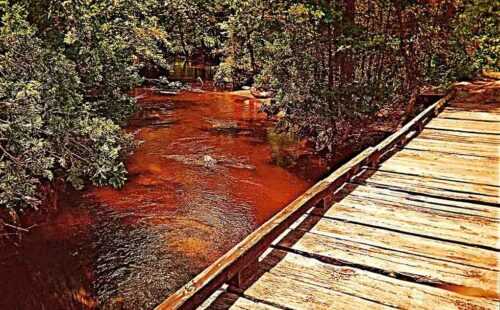
The place is now maintained by barriers and a coverlet of sand, however, proof could still be discovered of the 19th-century mission with pieces of iron ore and slag generously dispersed by the nearby trails.
The brooksbrae brick company area is situated in the Brendan T. Byrne State forest, once the Lebanon state forest. One could walk thru these ruins. People made 50,000 bricks a day here; Brookbrae ne’er got the chance to prosper fully.
Its ancient drying brick tunnels and partly standing walls make it a perfect range for paintballers. They aren’t the first one to take cover in the Pine Barrens.
He said that a lot of people took shelter here. After the rebellious war, the Hessian soldiers instead of going back to Germany they decided to stay here. The African-Americans slaves came here to take refugee.
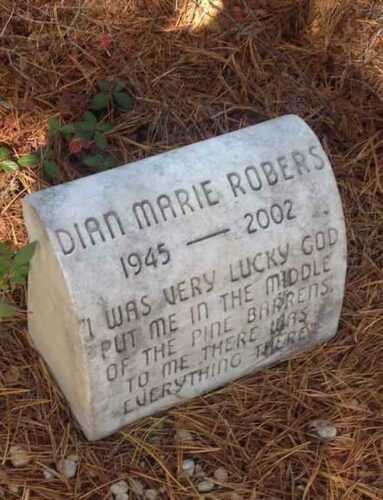
Chief naturalist, German Georgieff at the Wells Mills County Park, Waretown, runs walking tours and canoe trips via the Pinelands, in which he invoked a history full of purpose and secrecy, encouraging an image of a place covered with strange characters.
The perfect example of how a town- having a fully effective company looked like is in Batsto Village on Route 542 in Hammonton. Charles examined the discovered bog iron, iron pots, and ammunition for revolutionary war soldiers in 1766. In following incarnations, the place was home to a glass factory, as well, and the agricultural surveys of Joseph Wharton.
Presently, tourists could explore Wharton’s mansion and numerous fully restored outhouses, incorporating a general store, sawmill, grist mill, and a working post office that is amongst the ancient in the country. Ms. Solem Stull praises the state for the amount of money it has spent on refurbishing this ancient village of Pine Barrens.

Pine Barrens Golf
Pine Barrens Golf club is a leading private golf club sited in the beautiful Pinelands of Southern New Jersey. Located on 420 acres of natural landscape, This award-winning championship golf course chats the whispering song of New Jersey’s Pinelands, accompanied by a wonderful Adirondack- pattern clubhouse that acts as a popular site for all special occasions.
Read Also:

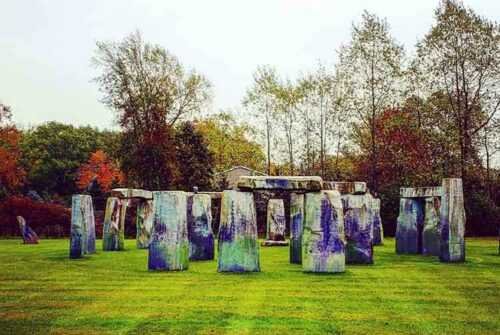
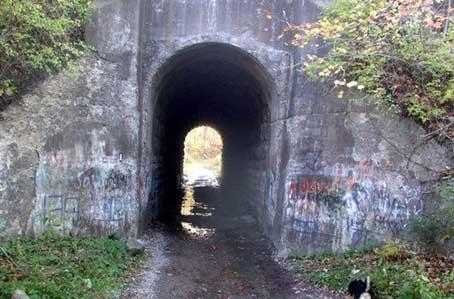
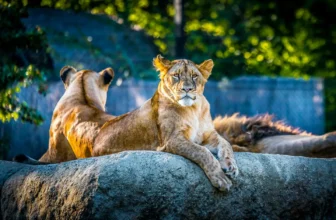
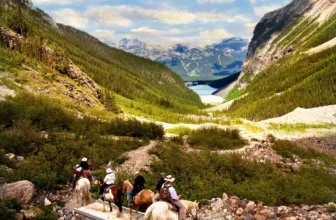
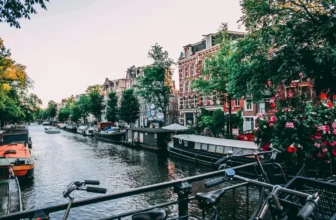
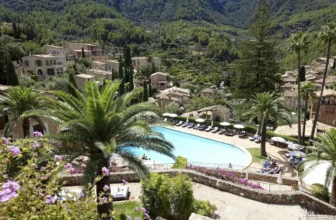
Thanks, I have recently been searching for info about this topic for ages, and yours is the best I’ve found out till now. But what concerning the bottom line? Are you sure about the source?
Your information is very interesting. Thank you for sharing
Usually, I never comment on blogs but your article is so convincing that I never stop myself to say something about it. You’re doing a great job Man,Keep it up.
Thanks for sharing such an amazing Blog.
Great Article.Thanks to the admin for sharing.